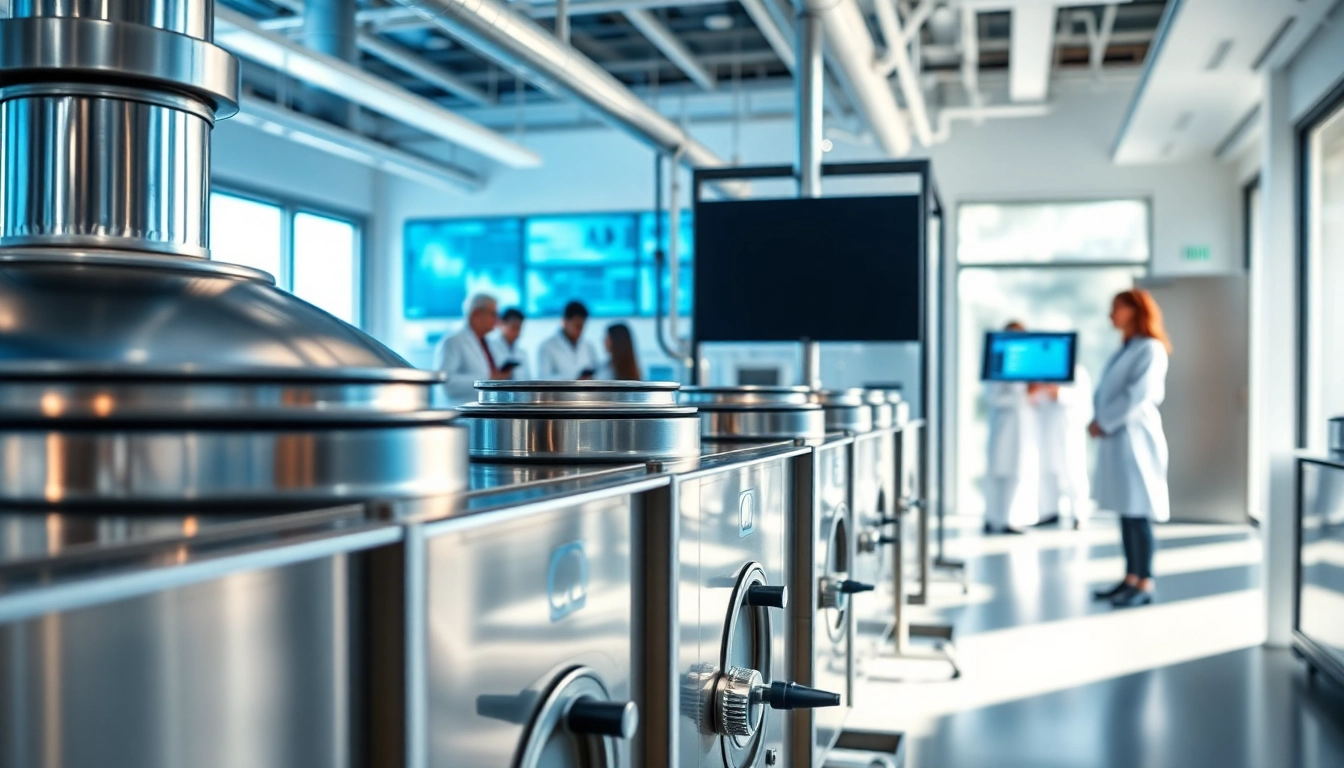Introduction to Soft Capsule Drying Systems
In the pharmaceutical industry, the efficiency and effectiveness of production processes are crucial for ensuring product quality and regulatory compliance. One of the pivotal technologies in this regard is the Soft Capsule Drying Systems. These systems are designed to optimize the drying process of soft capsules, significantly impacting the overall manufacturing workflow. In this article, we will delve deep into the intricacies of these systems, exploring their components, working principles, benefits, challenges, and future trends.
What are Soft Capsule Drying Systems?
Soft Capsule Drying Systems are specialized equipment used for the efficient drying of soft gelatin capsules. These capsules, made from gelatin, are commonly used in the pharmaceutical and nutraceutical industries to encapsulate liquid or semi-solid substances. The drying process is essential to reduce moisture content, ensuring the capsules are stable, effective, and have a prolonged shelf life. By controlling the drying environment, manufacturers can achieve maximum quality while minimizing production costs.
Key Components of Drying Systems
Soft Capsule Drying Systems consist of several critical components that work together to achieve optimal drying conditions. These components include:
- Drying Chamber: The core component where the soft capsules are placed for drying. It is designed to maintain precise temperature and humidity levels.
- Heating Elements: These provide the necessary heat to evaporate moisture from the capsules efficiently.
- Airflow System: A system that circulates warm air within the drying chamber, facilitating even drying of all capsules.
- Control Panel: The interface that allows operators to set and monitor parameters such as temperature and humidity.
- Moisture Sensors: Used to measure the moisture content of the capsules, ensuring that they are dried to the desired specifications.
Importance in Pharmaceutical Manufacturing
The role of Soft Capsule Drying Systems extends beyond just drying; they are critical in maintaining product integrity and efficacy. Proper drying helps avoid the proliferation of microbial contamination, reduces the risk of capsule degradation, and ensures consistent release of the encapsulated materials. Given the stringent regulations in pharmaceutical manufacturing, adhering to the best drying practices is essential for compliance with health authorities.
Working Principles of Soft Capsule Drying Systems
Mechanics of Heat Transfer in Drying
The drying process in Soft Capsule Drying Systems involves sophisticated heat transfer mechanisms. Heat is primarily transferred to the capsules through convection and conduction. The warm air circulating within the drying chamber heats the surface of the capsules, causing moisture to evaporate into the air. This moisture-laden air is then removed to maintain low humidity levels and promote further drying.
Types of Drying Methods
Different drying methods can be employed within Soft Capsule Drying Systems including:
- Convection Drying: Utilizes hot air to remove moisture, ideal for uniform drying.
- Vacuum Drying: Reduces atmospheric pressure, lowering the boiling point of water, which allows moisture to evaporate at lower temperatures. This method is beneficial for heat-sensitive materials.
- Infrared Drying: Uses infrared radiation to heat the capsules directly, leading to rapid moisture removal.
Optimization Techniques for Efficiency
To maximize efficiency, several optimization techniques can be implemented in Soft Capsule Drying Systems, such as:
- Temperature Profiling: Studying the temperature distribution can help adjust the drying parameters for even drying.
- Phased Drying: Using different drying methods over stages to minimize drying time while maximizing capsule quality.
- Real-Time Monitoring: Implementing sensors for continuous monitoring and adjustment of drying parameters to maintain optimal conditions.
Benefits of Implementing Soft Capsule Drying Systems
Improved Product Quality
One of the foremost advantages of utilizing Soft Capsule Drying Systems is the significant enhancement in product quality. By effectively controlling moisture levels, these systems help ensure that the capsules retain their shape, structural integrity, and the encapsulated substances remain stable. This directly translates to better therapeutic efficacy for end-users.
Cost-Effectiveness in Production
Investing in Soft Capsule Drying Systems can be highly cost-effective in the long run. By streamlining the drying process and reducing cycle times, manufacturers can increase output without compromising quality. Additionally, optimal resource utilization minimizes waste, contributing to overall cost savings in production.
Regulatory Compliance and Standards
Regulatory bodies necessitate strict adherence to drying processes to prevent contamination and ensure product safety. Employing Soft Capsule Drying Systems helps manufacturers meet these stringent guidelines, paving the way for market access and sustaining consumer trust.
Common Challenges in Soft Capsule Drying Processes
Moisture Control Issues
Achieving optimal moisture levels can be a daunting task within the drying process. Variability in raw materials, environmental conditions, and equipment accuracy can lead to uneven drying. Implementing real-time monitoring and feedback control systems can greatly aid in mitigating these issues.
Temperature Regulation Problems
Maintaining the right temperature throughout the drying chamber is critical. Any fluctuations can result in either insufficient drying or overheating, leading to capsule deformation. Regular calibration and maintenance of heating elements and sensors can help maintain temperature consistency.
Scaling and Maintenance Concerns
Over time, buildup from residues can affect the performance and efficiency of Soft Capsule Drying Systems. Regular cleaning schedules and using materials that minimize residue buildup can prevent these scaling issues, ensuring longevity and reliability of the systems.
Future Trends in Soft Capsule Drying Technology
Advancements in Automation
The future of Soft Capsule Drying Systems lies significantly in automation. With the integration of advanced control systems and robotics, manufacturers are expected to achieve even greater precision, efficiency, and reduced human error in the drying process.
Integration with IoT Solutions
The Internet of Things (IoT) is poised to revolutionize Soft Capsule Drying Systems by enabling connected devices to share real-time data. This innovation allows for enhanced monitoring, predictive maintenance, and data-driven decision making, leading to optimized processes and improved performance.
Sustainability Practices in Drying Systems
As sustainability becomes a key focus across industries, Soft Capsule Drying Systems are also adapting. Energy-efficient designs, renewable energy sources, and processes to minimize waste are becoming standard practices, appealing to environmentally conscious consumers and regulatory frameworks alike.



